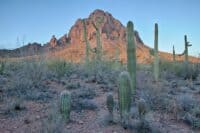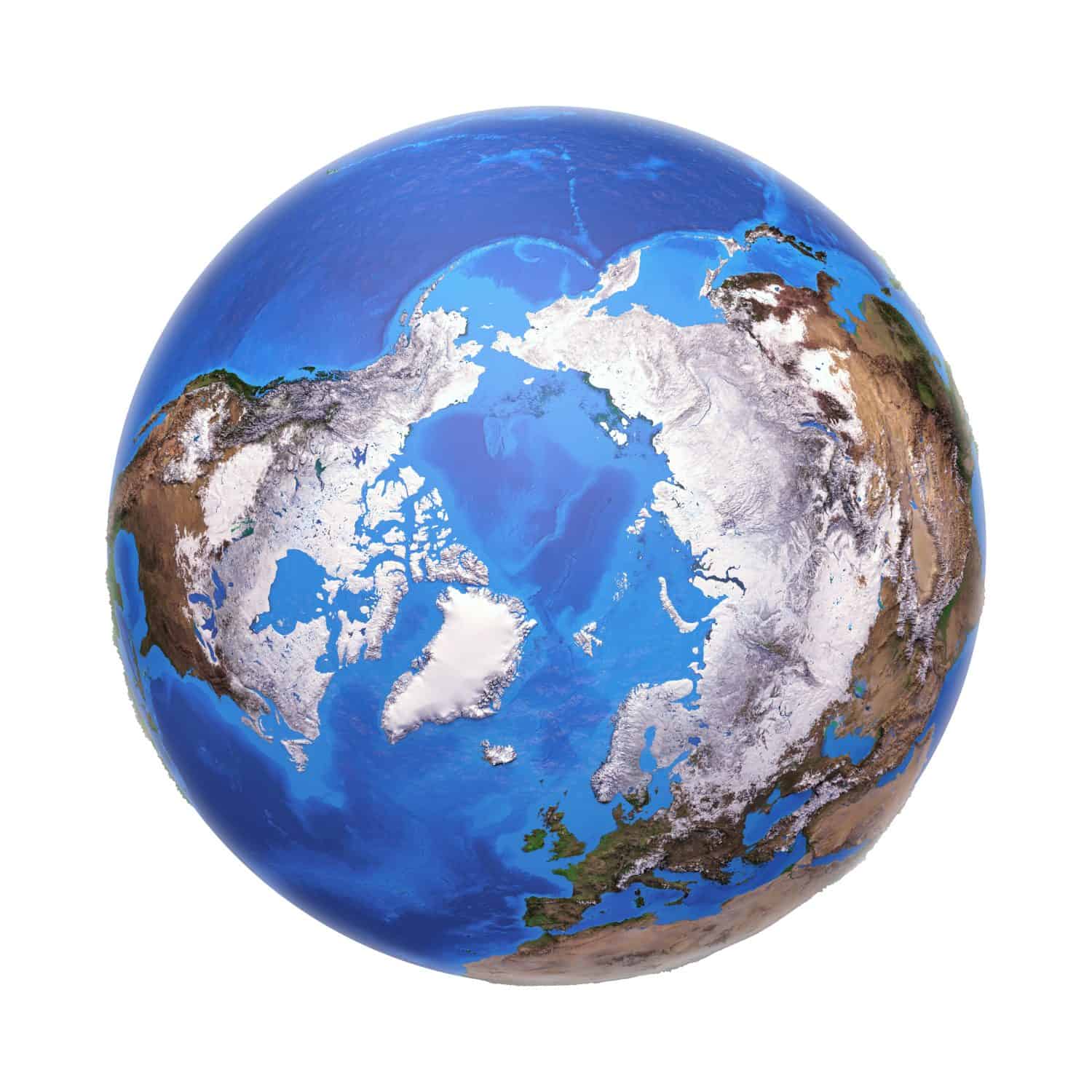
President Trump has recently expressed a desire to expand American territory to include Greenland, the Panama Canal, and even all of Canada, and said he cannot rule out using military force. This would make the United States the largest country in the world, surpassing Russia in land area. It could also shatter the NATO alliance, a cornerstone of U.S. national defense. If the President’s remarks are serious, there are a number of other friendly Arctic territories that might also wake up to find themselves unexpectedly American one day.
President Trump has expressed the wish that the United States would take over Greenland, the Panama Canal, and possibly all of Canada for national security purposes. There are other NATO territories in the region as well that could be next in the sights of the U.S. If the U.S. indeed took these territories by force, it would shatter the powerful NATO alliance that is integral to our national security. Retiring early is possible, and may be easier than you think. Click here now to see if you’re ahead, or behind. (Sponsor)
Key Points
The Thawing Arctic
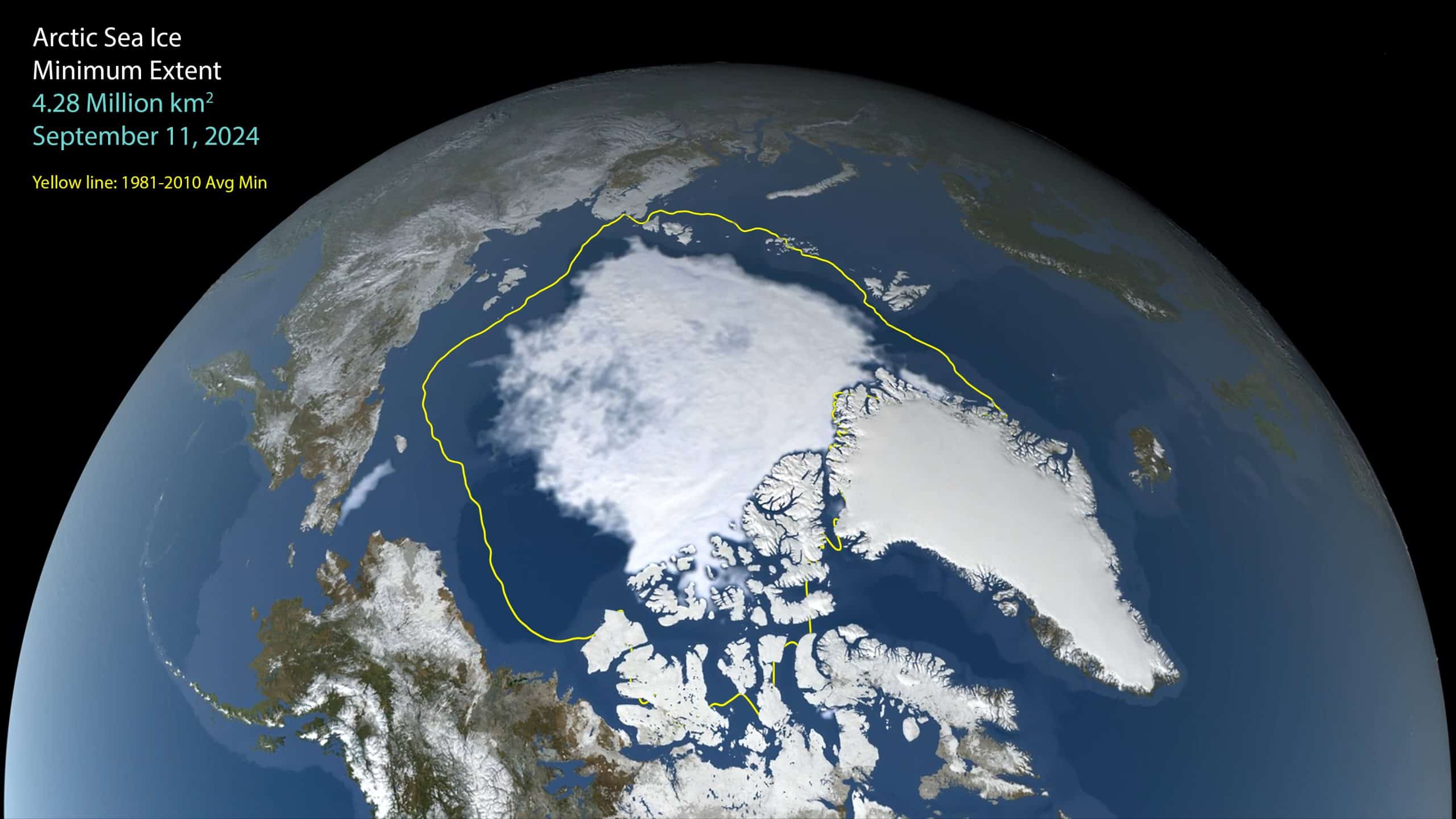
Climate change is one of the main reasons the Arctic is all over the news these days. As seen in this satellite image, in September 2024, the north polar ice cap was 750,000 square miles smaller than the 1981-2010 average minimum (illustrated with a yellow line.) This reduction is about the same size as the entire country of Mexico. This is an extraordinary ecological catastrophe for wildlife there, particularly polar bears and other species that use the ice as part of their hunting and survival strategy. At the same time, it opens up a new geostrategic landscape for commercial and military activities.
A Shipping Shortcut
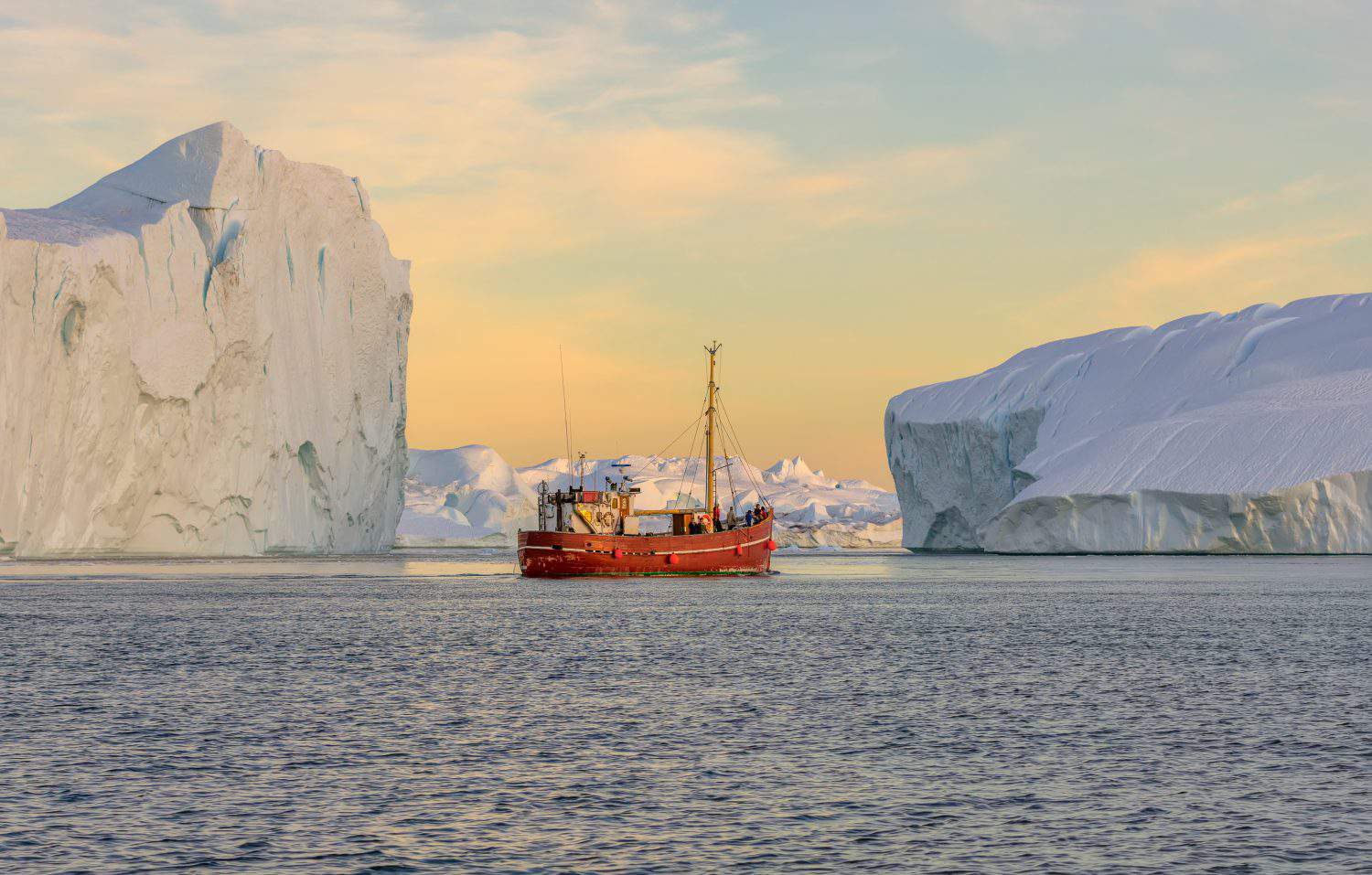
As it thaws, the Arctic Ocean is becoming increasingly navigable without the need for icebreakers to keep shipping lanes ice-free. This raises the possibility of establishing a regular commercial shipping route from Asia, past Alaska, around Canada and Greenland to the U.S. East Coast or Europe, and back again. This will cut thousands of miles off the journey, reducing shipping costs and time and relieving congestion in the Panama Canal and the Suez Canal from current trade routes. Of course, this also means military vessels will be able to traverse the region, which adds a new area of potential strategic threat that military planners must consider.
Unburied Treasures
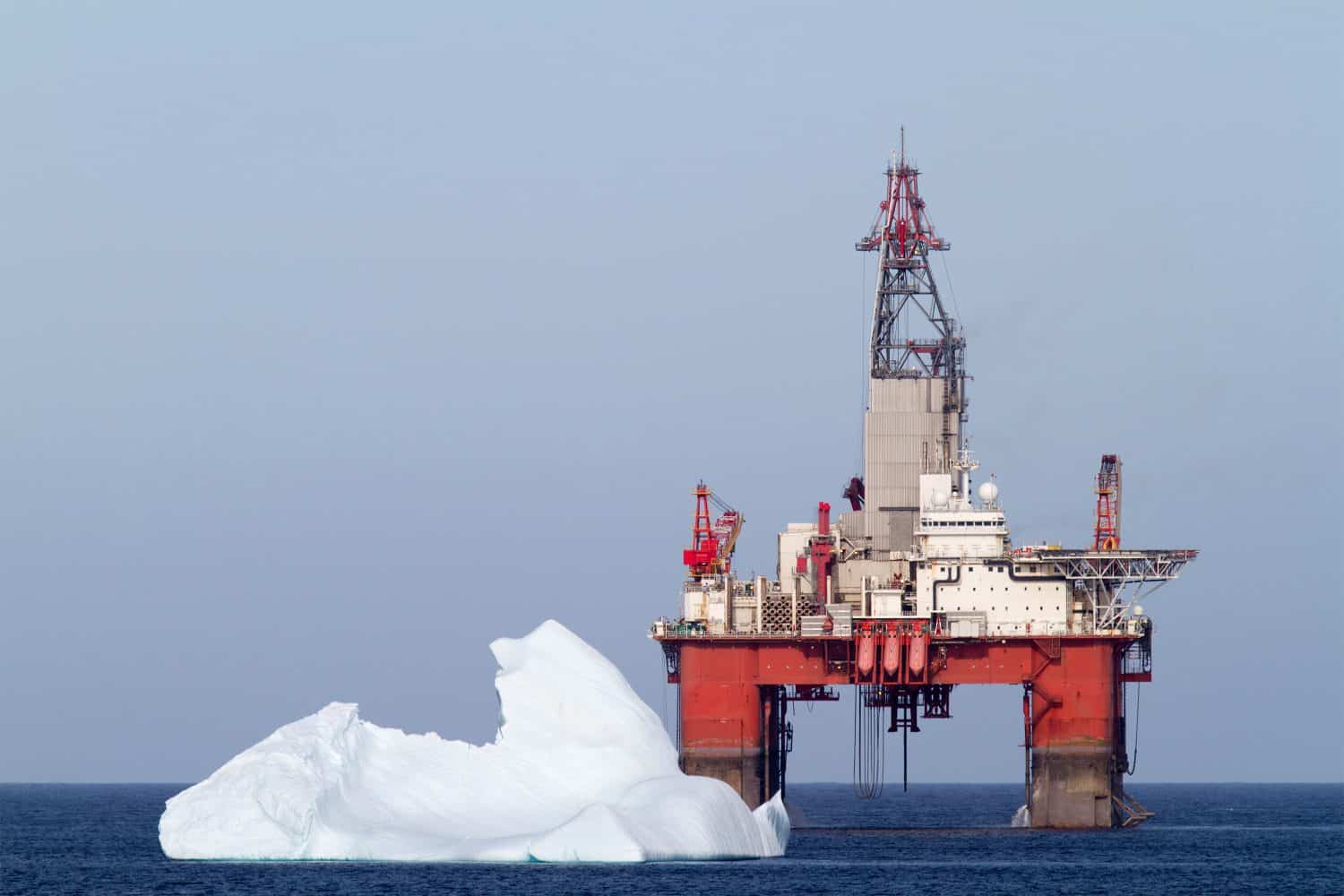
Another aspect to the thawing Arctic is that it will potentially reveal mineral riches that up until now have been impractical to access. Oil, gold, uranium, zinc, and rare earth elements that are essential for modern technology are all some of the resources that may be revealed on land as glaciers melt. Oil drilling on- or off-shore can also become more cost-effective in a thawed-out High North (the area above the Arctic Circle). Under international law, countries can claim up to 200 miles off their shores as their exclusive economic zone, making even small remote islands valuable for the oceanic resources around them.
Greenland (Denmark)
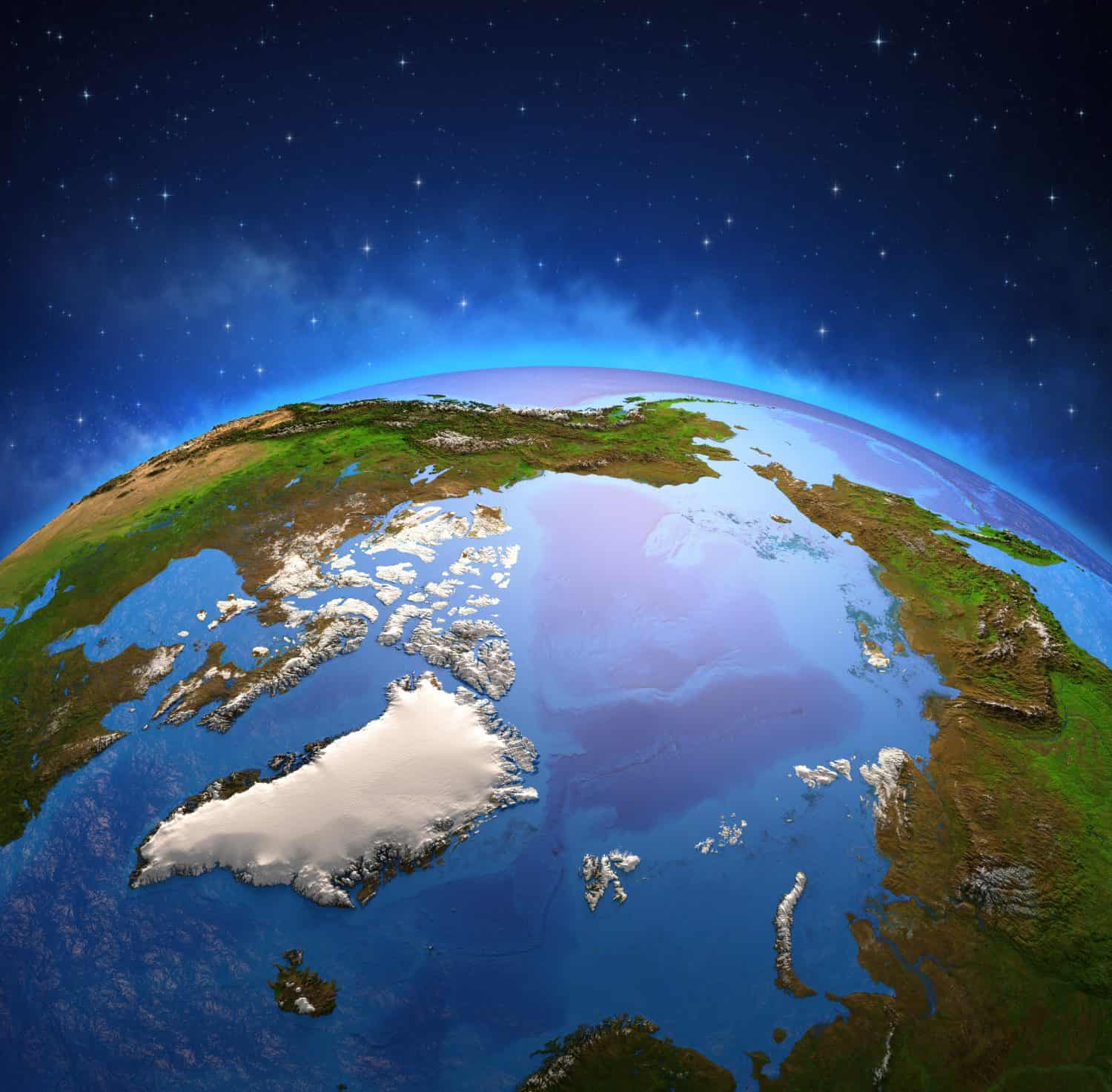
Greenland, seen here with its enormous ice pack in white, is an autonomous self-ruling territory of Denmark, which has governed it for about 300 years. It is the largest island in the world but also the least densely populated, with only about 56,000 people. Its people are mainly Inuit, making their living in the fishing industry. The island has substantial untapped resources of oil and other minerals. Denmark subsidizes the country’s economy with $650 million a year so that its people can have free universal health care and other social benefits the Danish population enjoys.
The United States has maintained a military base in Greenland since World War II. It is now operated by the United States Space Force. It’s a significant location to provide early warning of nuclear attack from Russia or other Eurasian threats and potentially for missile defenses.
Faroe Islands, Denmark
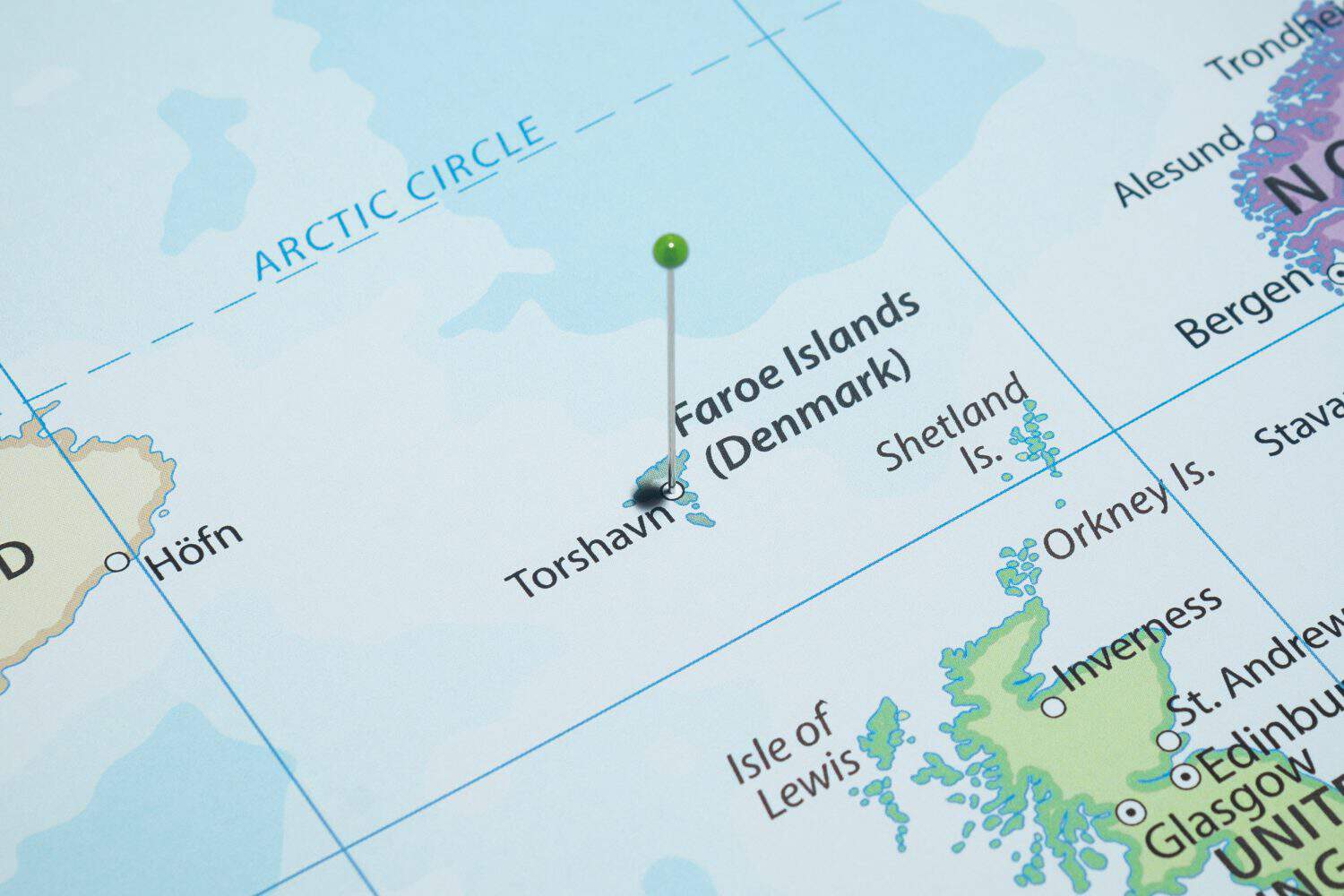
The Faroe Islands are another Danish territory with a population about the same size as Greenland’s, but concentrated in a group of 18 small islands halfway between Iceland and Scotland. They are just south of the Arctic Circle. The population lives on fishing and sheep farming. Their geographic location is highly strategic to monitor Russian naval movements into the Atlantic and potentially station military forces there to intercept them.
Jan Mayen (Norway)
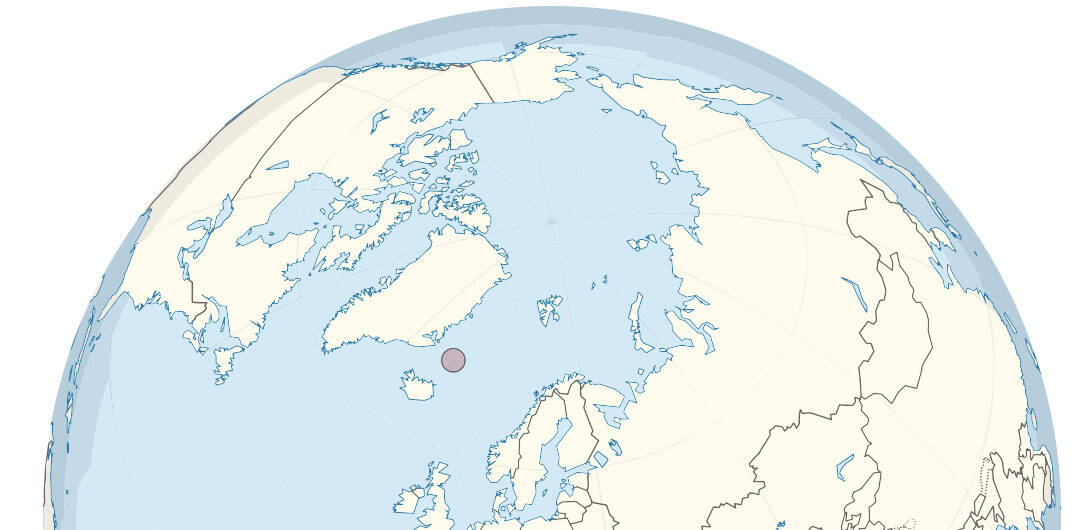
Jan Mayen island is named for a Dutch sea captain who explored its coast in 1614. It is a territory of Norway located north of Iceland and east of Greenland where the red circle is located on this map. It’s quite a bit tinier than this circle, with a land area of only 146 square miles. It has no permanent population, but at any given time has 35 or so rotating personnel to manage a weather station and radio transmitter.
Svalbard (Norway)
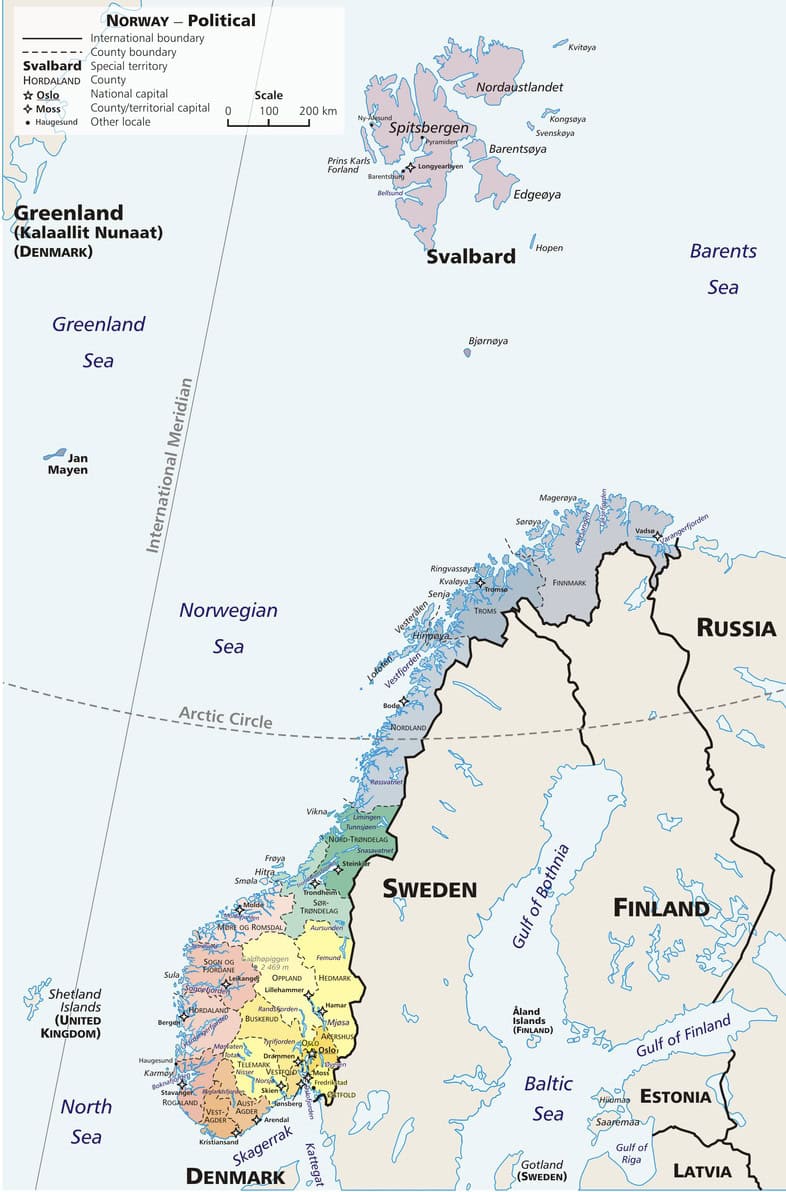
Svalbard, seen at the top of the political map of Norway above, is an archipelago of about 60 islands with a population of 2,500 people. It includes the northernmost town in the world, Longyearbyen (“Longyear Town”). The Global Seed Vault is located in Svalbard. It contains samples of 1.3 million different plant species from all over the world as a backup in case of a global mass extinction event that would threaten the food supply.
The islands are mineral rich, particularly in coal. Norway and the Soviet Union (and then Russia), shared mining rights in Svalbard and by treaty the islands are not to be used for military purposes. Russian involvement in mining there, and the Russian population, decreased substantially after the collapse of the Soviet Union, but they still maintain a claim to access Svalbard. If the United States tried to take control of the islands, it would create conflict not only with our ally Norway, but our rival Russia.
Iceland
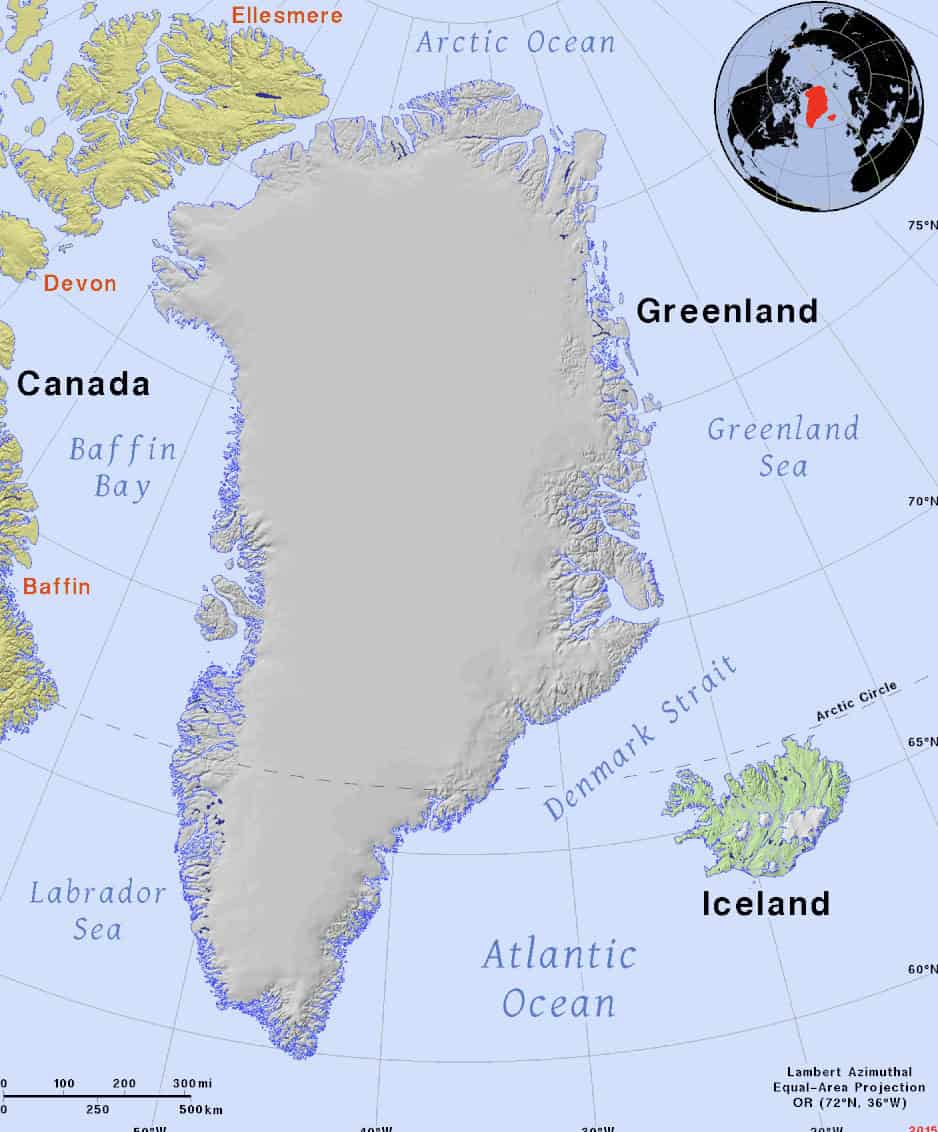
Iceland is a large volcanic island to the east of Greenland. It was a Danish territory until it became independent after World War II. Reportedly, U.S. Secretary of State William H. Seward, who negotiated the purchase of Alaska, was interested in annexing Greenland and Iceland but could not get the U.S. government to agree to make a formal offer. Today, Iceland has an area of almost 40,000 square miles and a population of nearly 400,000. Fishing, tourism, geothermal energy, and hydroelectric power are some of the island’s economic advantages.
Yukon (Canada)
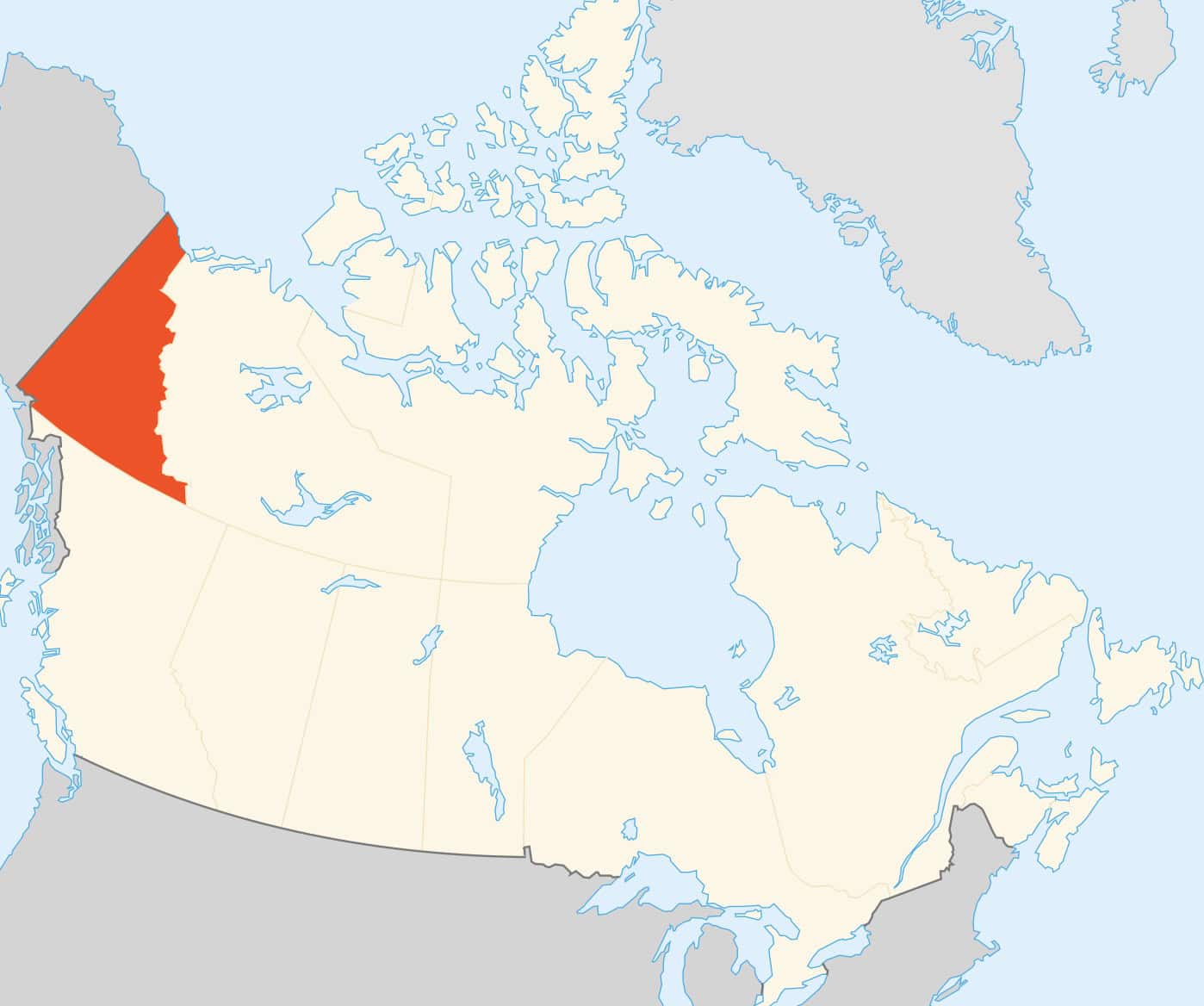
Yukon is a Canadian territory that borders Alaska and has a shoreline on the Arctic Ocean. It has a land area of about 186,000 square miles and a population of about 45,750. It has tremendous mineral wealth, including gold, zinc, lead, and off-shore deposits of oil and gas. The southern half of the territory is heavily forested.
Northwest Territories (Canada)
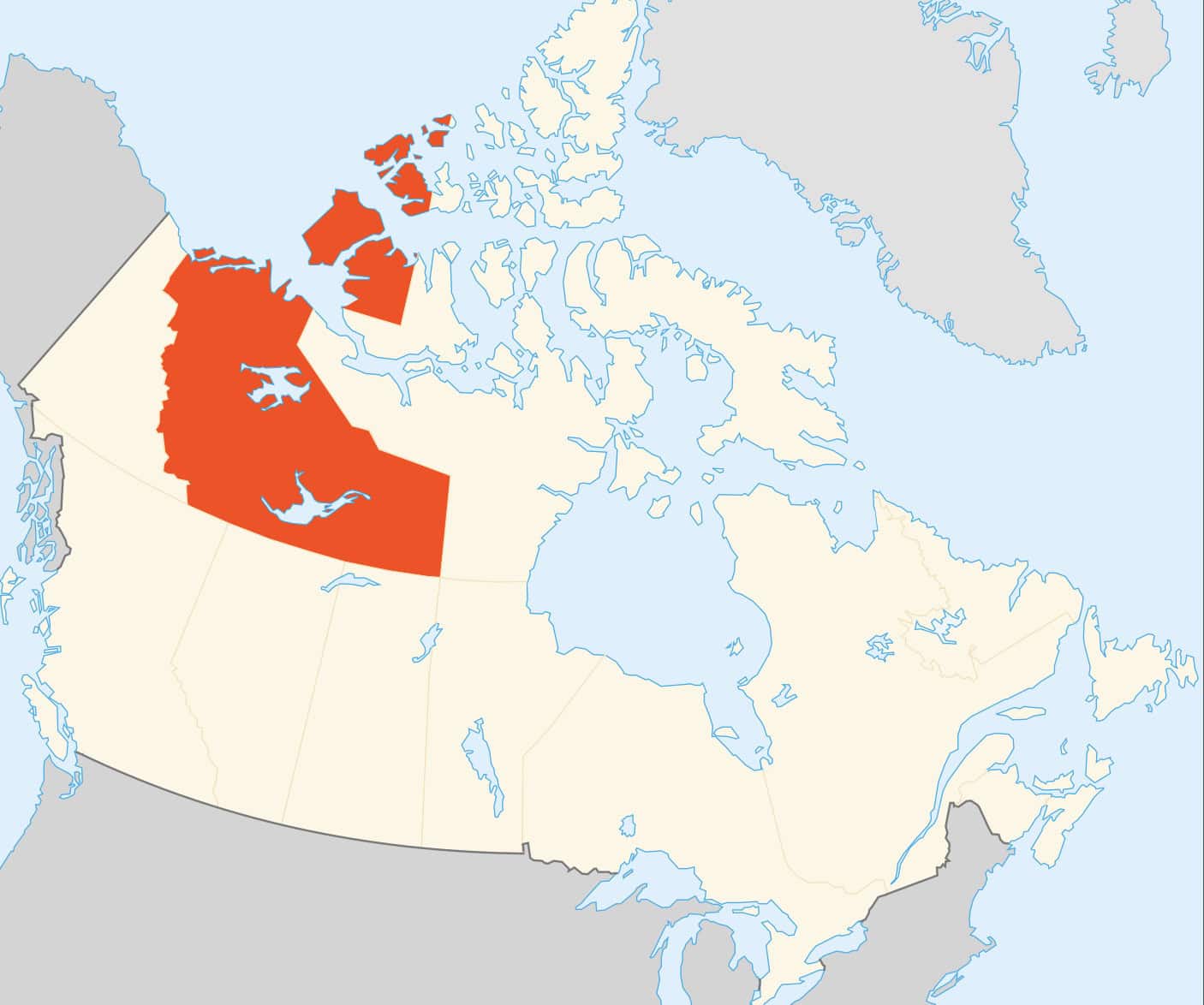
The Northwest Territories cover an enormous land area of about 520,000 square miles, including large islands in the Arctic Ocean. It is a sparsely-populated region of only 45,000 people, most of them indigenous communities. Like neighboring territories, it has deposits of gold, diamonds, and natural gas. Shipping between Europe and Asia would pass between these islands if warming temperatures allow a regular sea trade route to be established in the Arctic.
Nunuvut (Canada)
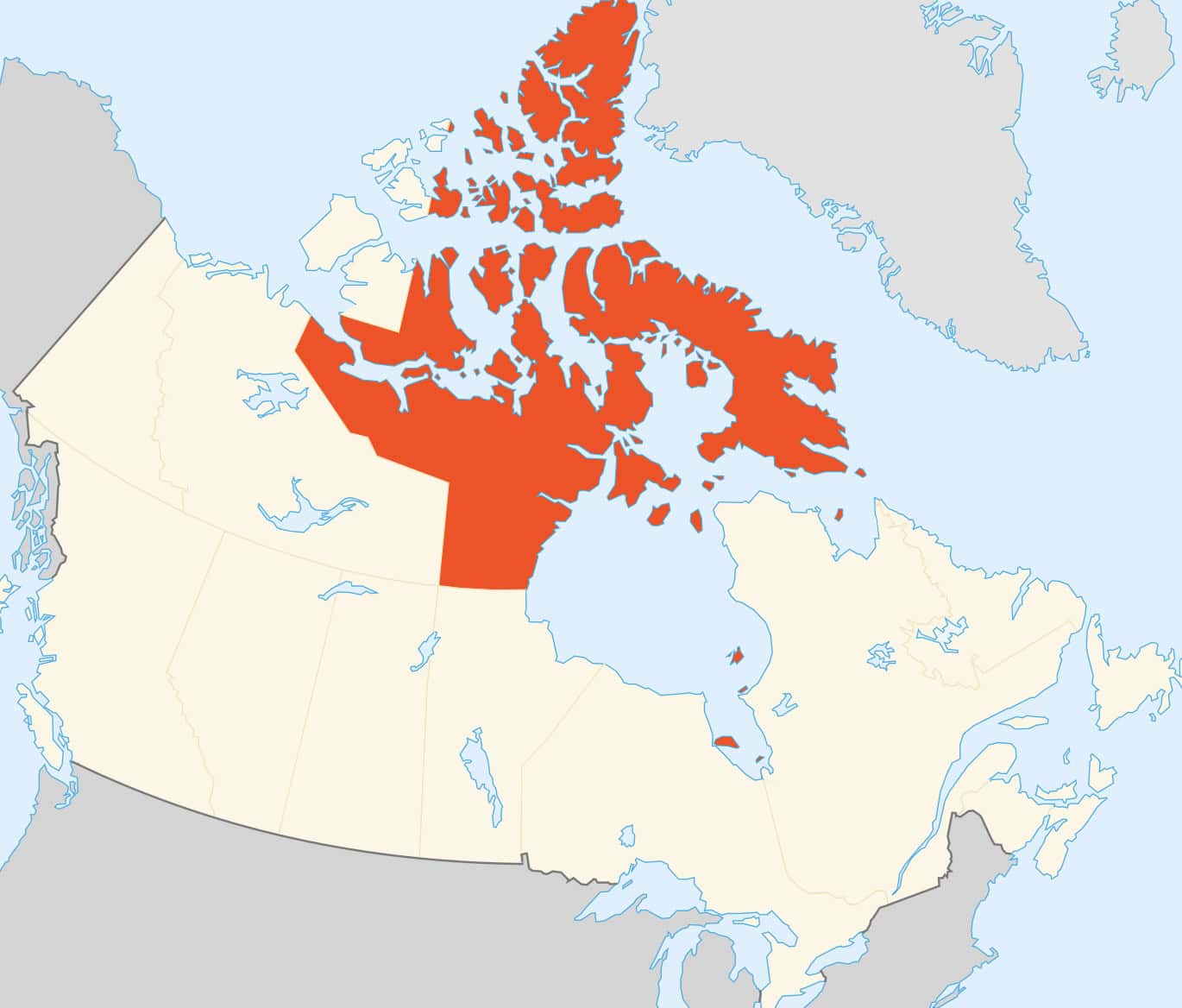
The newest administrative area in the High North is Nunavut, which was created in 1999 from the eastern part of the Northwest Territories. It was established to give the indigenous Inuit people greater self-governance. Nunavut includes a large mainland territory as well as about 36,000 islands, covering about 709,000 square miles. The population is about 37,000 people. Mining, fishing, and hunting are three of the main income streams of the area.
Saint-Pierre and Miquelon (France)
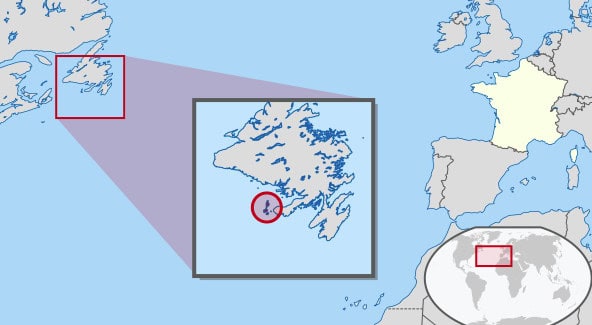
Saint Pierre and Miquelon are not considered Arctic islands, but they are located just off the coast of the Canadian province of Newfoundland and Labrador. If the United States were to take control of Canada, it is conceivable these offshore islands would also be in their sights to remove a foreign presence from the coast of the country.
The islands are French territories of about 93 square miles and a population of about 5,600. Ownership shifted back and forth between the British and French many times but ultimately France retained control of them after World War II. Their main industry is fishing. The population is French and they use the Euro as their currency.
The Arctic is Already American
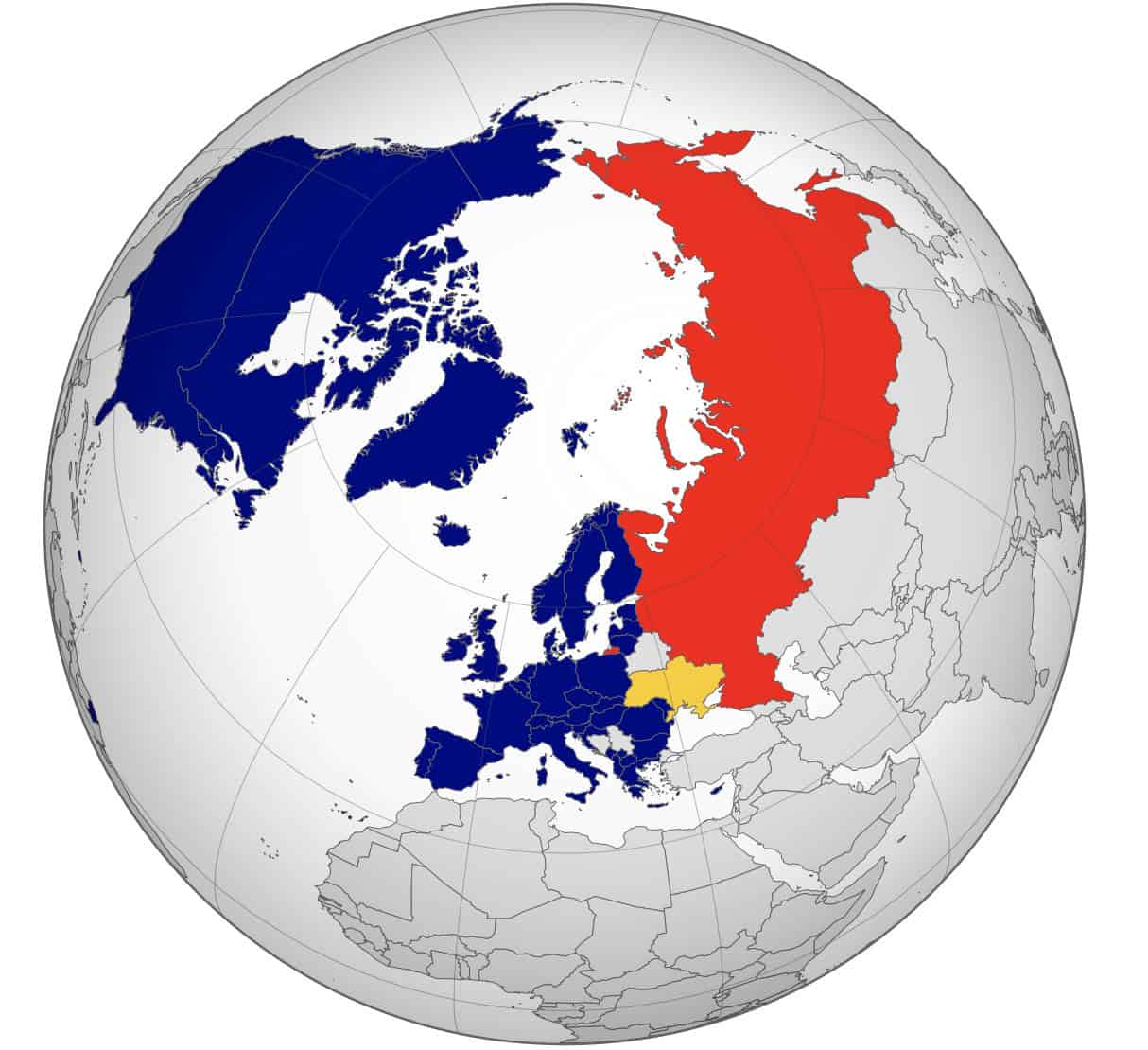
Fortunately for the United States, every country in the strategic Arctic except Russia is one of our NATO allies. The map above shows NATO countries in blue, Russia in red, and Ukraine, contested between them, in yellow. This means none of the territories described in this article is a military threat to our country. We can negotiate military access and the purchase of minerals with them on the basis of mutual benefit and shared defense.
Article 5 of the NATO charter obligates every member of the Alliance to defend each other from attack. Only one country has ever invoked Article 5: the United States. After the 9-11 terrorist attacks, the U.S. called on its NATO allies for military assistance. In the weeks following the attacks, the Canadian and European Air Forces helped the U.S. Air Force patrol the skies above the continental United States, keeping a lookout for unauthorized flights that could have been further terrorist attacks. This is just one practical example of how the alliance partners with the United States for defense.
A Profound Betrayal
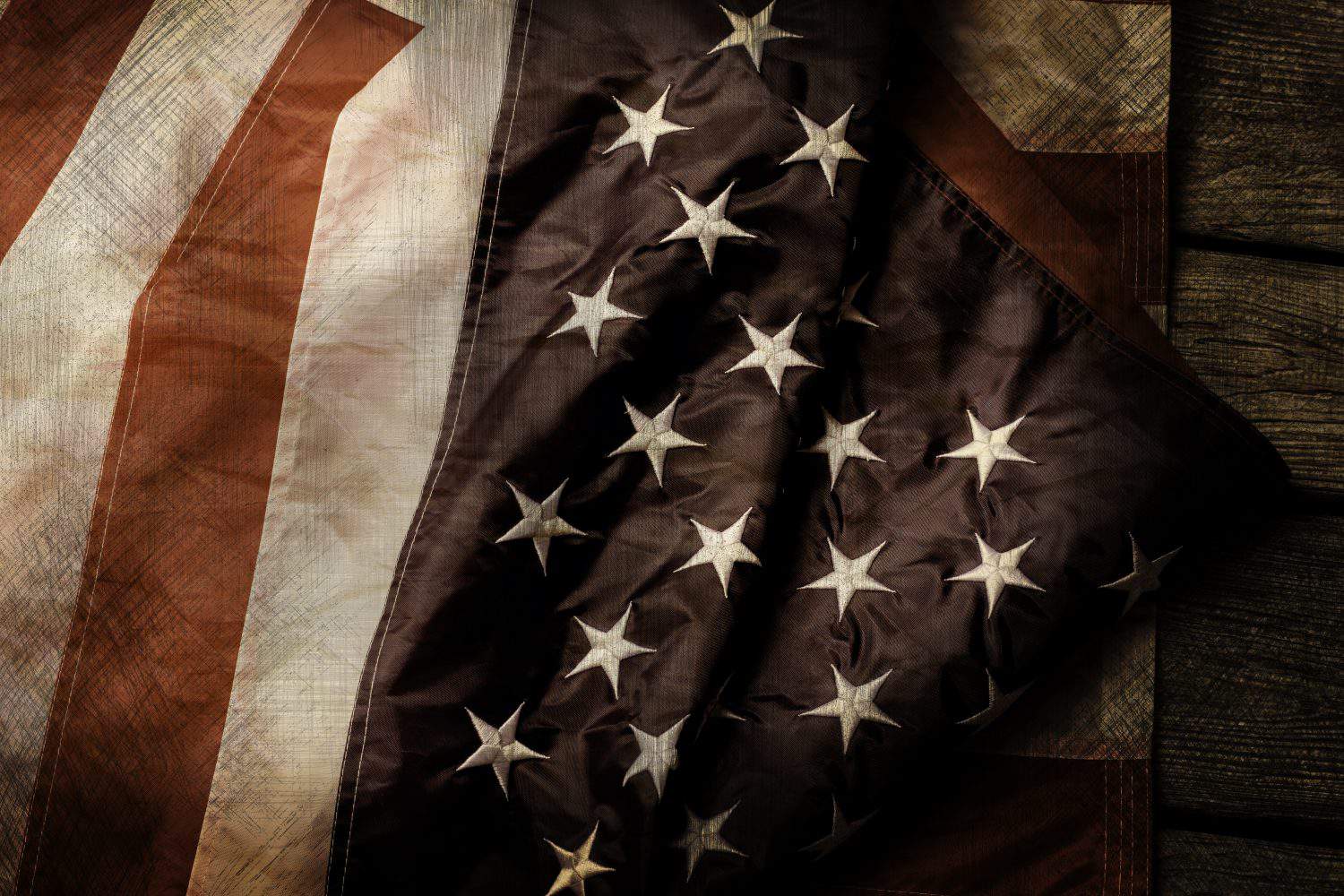
For the United States to pressure its closest friends and neighbors into turning over territory, or to take it from them by force, would be a profound betrayal. It could shatter the most powerful alliance in history, turning friends into enemies and greatly compromising American national security. If these threats turn out to be serious, then no matter how warm it gets, the future of the Arctic is chilling to contemplate.
Take Charge of Your Retirement In Just A Few Minutes (Sponsor)
Retirement planning doesn’t have to feel overwhelming. The key is finding expert guidance—and SmartAsset’s simple quiz makes it easier than ever for you to connect with a vetted financial advisor.
Here’s how it works:
- Answer a Few Simple Questions. Tell us a bit about your goals and preferences—it only takes a few minutes!
- Get Matched with Vetted Advisors Our smart tool matches you with up to three pre-screened, vetted advisors who serve your area and are held to a fiduciary standard to act in your best interests. Click here to begin
- Choose Your Fit Review their profiles, schedule an introductory call (or meet in person), and select the advisor who feel is right for you.
Why wait? Start building the retirement you’ve always dreamed of. Click here to get started today!
Thank you for reading! Have some feedback for us?
Contact the 24/7 Wall St. editorial team.


